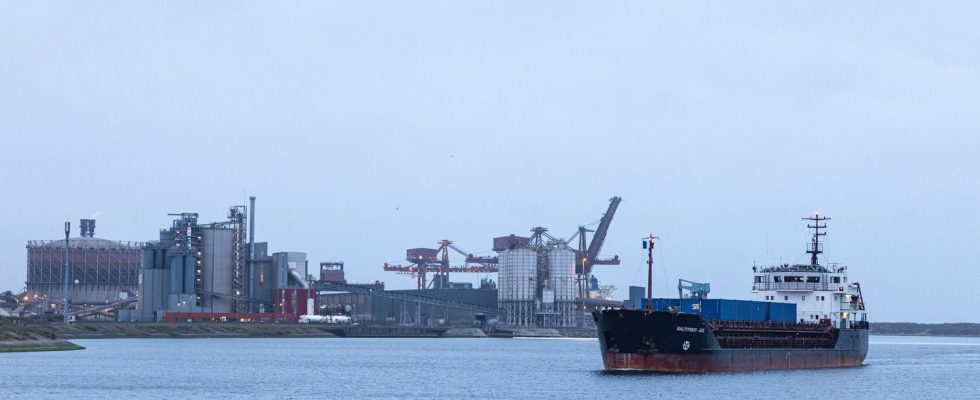These studies aim to “decarbonize” the region, the largest emitter of CO2 in Europe, which represents 5% of French emissions.

Published
Reading time: 1 min

The State will put 12 million euros on the table to finance a series of studies on ways to reduce, by 2030, greenhouse gas emissions from the Dunkirk region (North), the first CO2 emitter in Europe, the government announced Monday April 8.
The Minister of Industry and Energy, Roland Lescure, signed the first Zibac agreement (low-carbon industrial zones) in the city, which aims to finance these studies through Ademe, the ecological transition agency. .
Their objective is to “decarbonization” of the region, he said, specifying that the studies will be followed by a second, more operational phase relating to the financing of the necessary investments. These studies, carried out between now and the summer, will focus on the production “cheap carbon-free electricity”from wind turbines, and nuclear reactors in the EPR2 project, heat recovery networks from large industrial companies (ArcelorMittal and Aluminum Dunkerque) or even “carbon capture”.
Dunkirk represents “5% of France’s emissions”
“We have never supported a project of this magnitude”specified Baptiste Perrissin-Fabert, deputy general director of Ademe, recalling that with 16 million tonnes of CO2 emitted per year, Dunkirk represents “5% of France’s emissions, so it’s about concentrating resources to have maximum impact”.
After Dunkirk, other Zibacs are planned in France, notably in Le Havre (Seine-Maritime), Saint-Nazaire (Loire-Atlantique) and Fos-sur-Mer (Bouches-du-Rhône), assured the minister. “We have signed decarbonization contracts with the 50 highest emitting sites, which represent 60% of industry emissions, you have seven here” in Dunkirk, declared Roland Lescure on Monday, stressing that these contracts have “very concrete objectives, with between 45% and 50% emission reductions by 2030.
